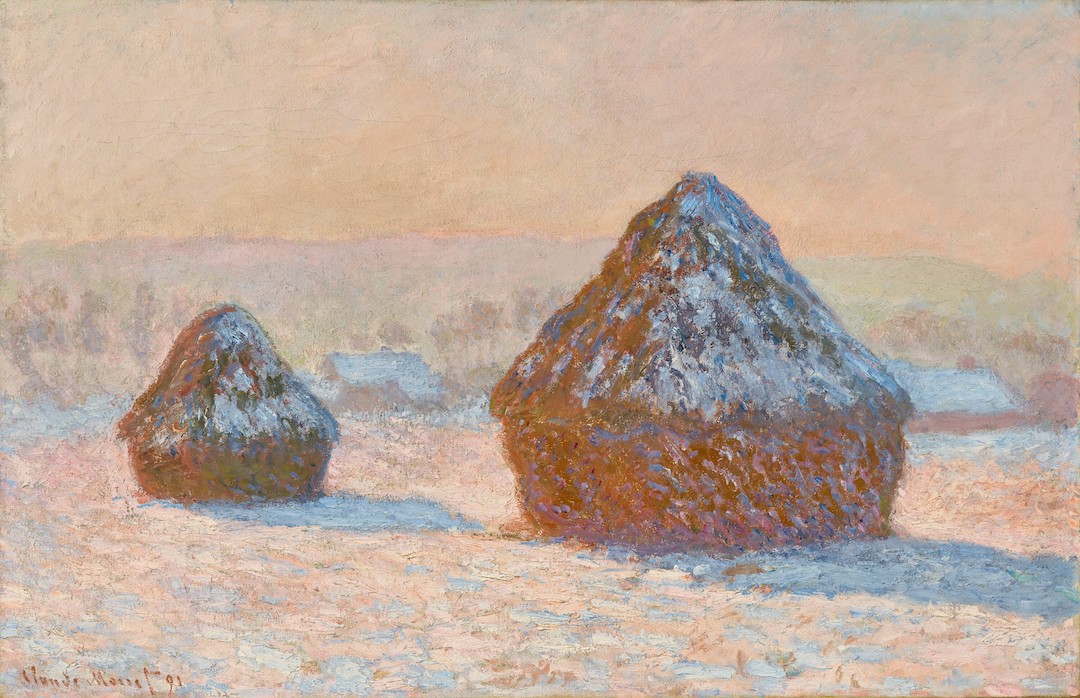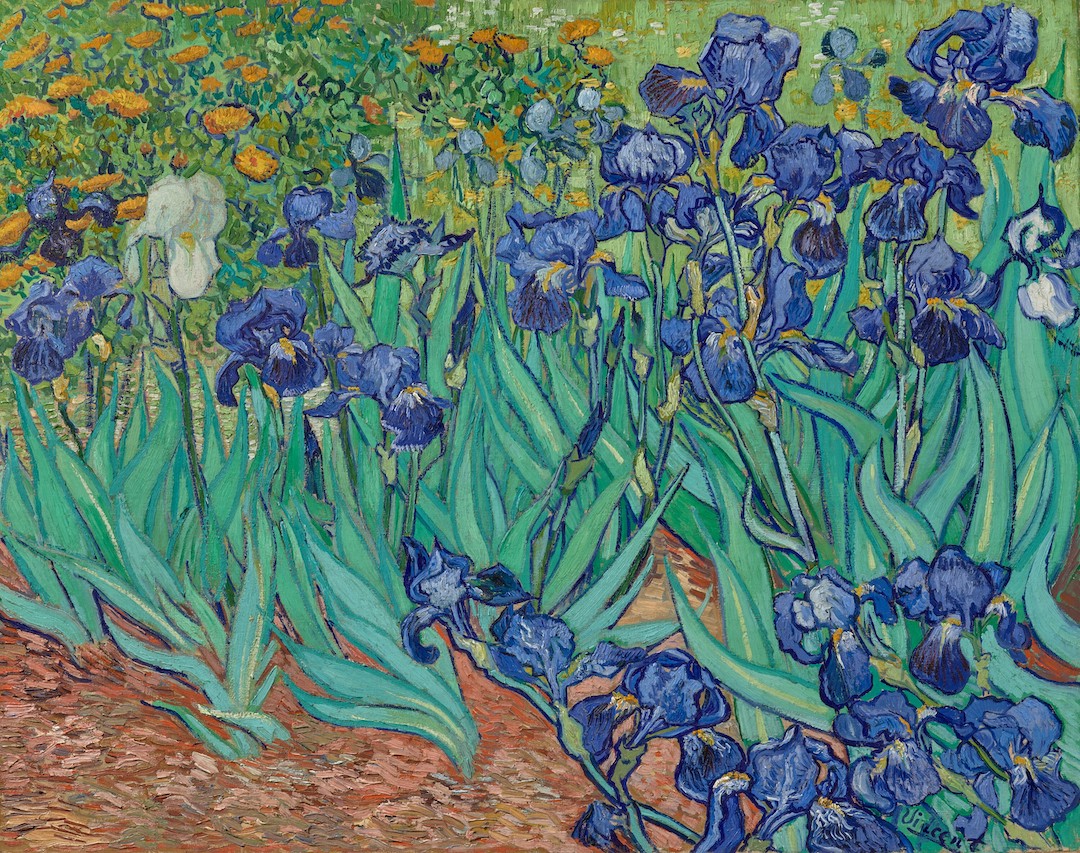The Getty Unleashes Nearly 90K Free, High-Res Artworks To Use Any Way You Desire
By Mikelle Leow, 26 Mar 2024

Vincent van Gogh’s Irises (1889). Image via Getty Museum Collection (CC0)
The J. Paul Getty Museum is giving you the go-ahead to create your own museum merchandise, having freshly made over 88,000 pieces of its collection available for free online. This means anyone can get a hold of high-resolution images of masterpieces, from the brushstrokes of Vincent Van Gogh’s Irises and Claude Monet’s Sunrise (Marine) to the historical depths of a Roman marble bust of Alexander the Great. Art lovers, educators, students, historians, and creators alike can now explore, modify, and even commercialize these treasures without worrying about copyright restrictions as the works have been added to the public domain.
Launched back in 2013, Getty’s Open Content Program has been at the forefront of the museum movement toward making art more accessible. The latest release is a part of this ongoing initiative, which now sees the museum’s digital reproductions living freely under the Creative Commons Zero (CC0) policy. This decision strips away the shackles of copyright from public domain artwork, ensuring these digital copies don’t get tangled in new legal claims.

Claude Monet’s Wheatstacks, Snow Effect, Morning, 1891. Image via Getty Museum Collection (CC0)
Through the Getty’s expanded digital archives, art admirers can traverse through centuries of creativity, from 6,000 BC curios to 20th-century masterpieces. The library spans various mediums—paintings, sculptures, photographs, and the tools of daily life from epochs past.

Artemisia Gentileschi’s Lucretia, about 1627. Image via Getty Museum Collection (CC0)

Vincent van Gogh’s Irises, 1889. Image via Getty Museum Collection (CC0)

Portrait of Alexander the Great by an unknown artist/maker, about 320 BC. Image via Getty Museum Collection (CC0)
Beyond just making art open and free, the Getty’s initiative invites the public to engage with the works in new, innovative ways. The museum encourages fans to remix, repurpose, and reimagine these creations however they like.
Homebodies could, for example, print a picture and zoom into its minute details in their living room, while educators could better craft lessons around the vivid imagery of historical artifacts. Of course, with the rise of tools like Midjourney and Stable Diffusion, some artists could be curious about how artificial intelligence may interpret or transform the classics.

Jan Brueghel the Younger’s Landscape with Ceres (Allegory of Earth), 1630s. Image via Getty Museum Collection (CC0)
“Users can download, edit, and repurpose high-resolution images of their favorite Getty artworks without any legal restrictions,” the Getty emphasizes. “Add a print of your favorite Dutch still life to your gallery wall or create a shower curtain using the Irises by Van Gogh—the possibilities are endless.”

Titian (Tiziano Vecellio)’s Venus and Adonis, about 1555–1560. Image via Getty Museum Collection (CC0)
With image downloads spiking to about 30,000 per month on the site, the museum has identified a growingly voracious appetite for art in the digital age, and it’s going to keep feeding it. As its collection continues to expand, the Getty promises to add to its open content bank. See more spectacular pieces below and explore its full breadth here.

Édouard Manet’s Jeanne (Spring), 1881. Image via Getty Museum Collection (CC0)

Claude Monet’s Sunrise (Marine), 1872 or 1873. Image via Getty Museum Collection (CC0)

Paul Cézanne’s Still Life with Apples, 1893–1894. Image via Getty Museum Collection (CC0)

Paul Gauguin’s Arii Matamoe (The Royal End), 1892. Image via Getty Museum Collection (CC0)

Alexander Gardner’s Abraham Lincoln and His Son Thomas (Tad), February 5, 1865. Image via Getty Museum Collection (CC0)

Edgar Degas’s Miss Lala at the Fernando Circus, 1879. Image via Getty Museum Collection (CC0)
[via My Modern Met, Open Culture, Creative Commons, images via Getty Museum Collection (CC0)]





